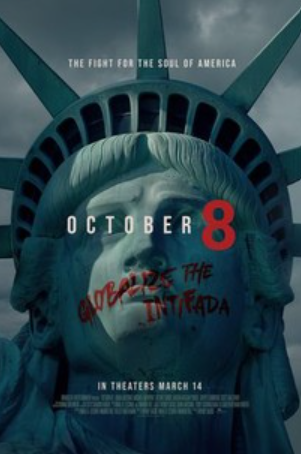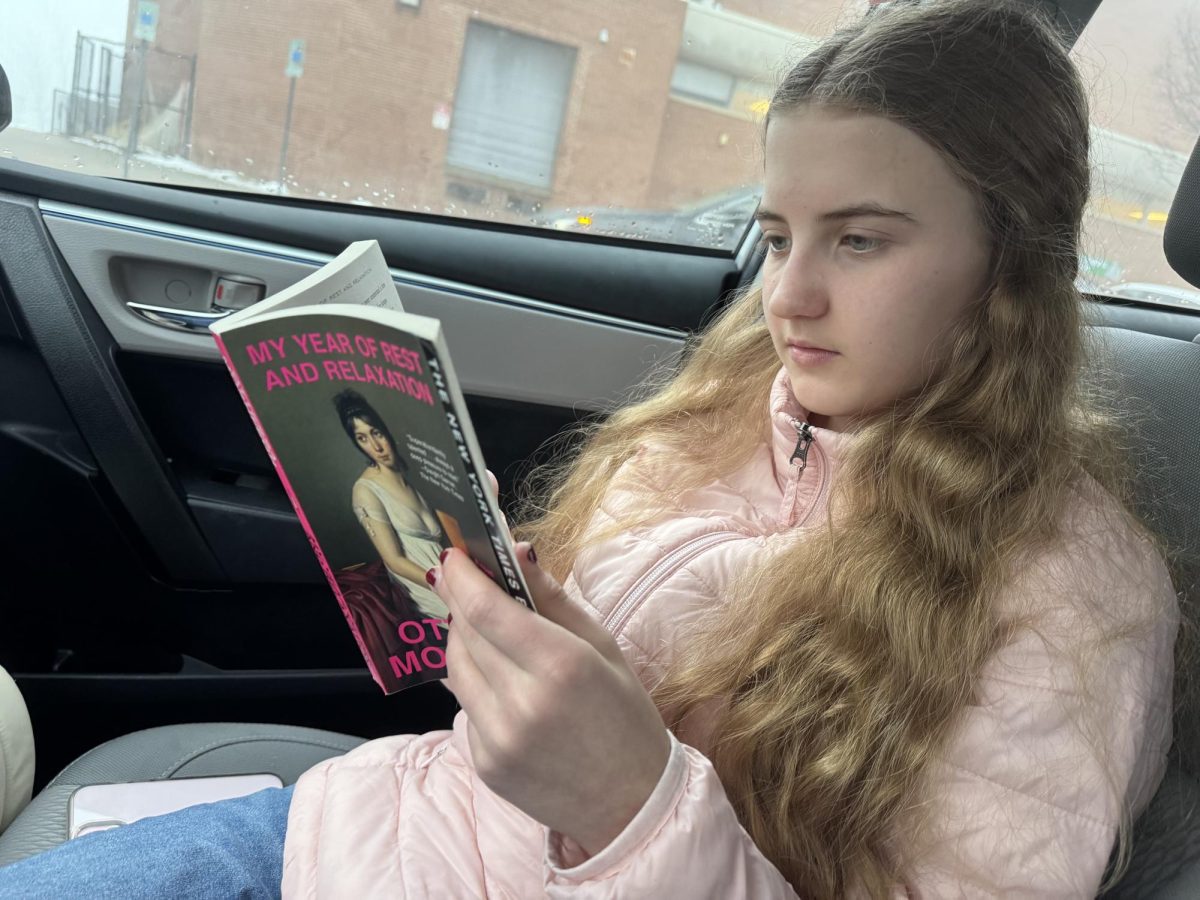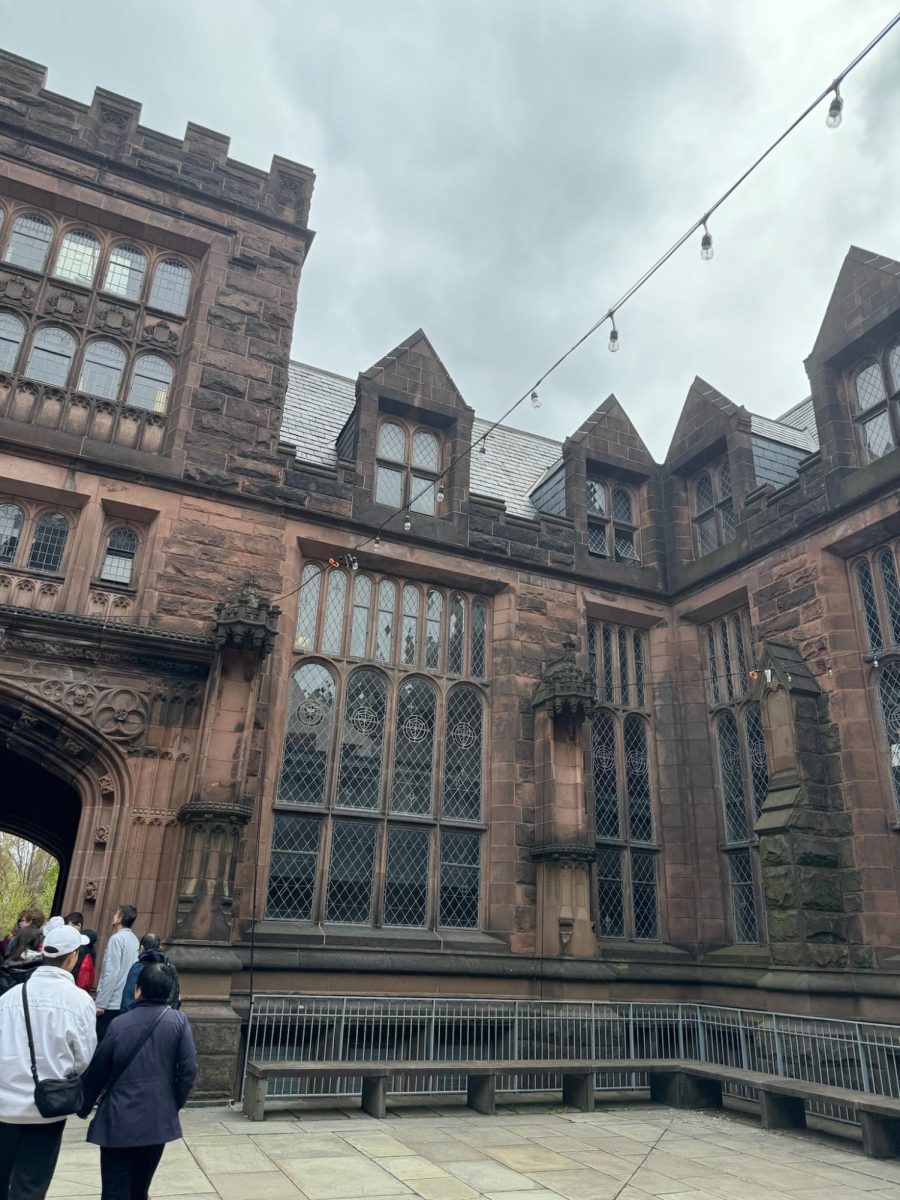As the spring of 2025 creeps closer, it brings Blast 35: Coloration. Over its three and a half decades, students have performed and largely led the performance. Blast budded from the choir’s spring concert. Bit by bit, Blast became the big show it is today, bright and raucous. For a handful of years, it had bloomed in the winter under the previous director, Carlos Barillo, who transplanted Blast 23, pulling it from the spring of 2011 to December the year before. However, the new and current director reversed the change and made the executive decision to push it back.
“I came [to WCHS] back in 2013,” WCHS Blast director Matthew Albright said. “When I was hired, they were talking to me about this little show that [they] do. Then, I realized how big Blast was. When I got here, I didn’t even know what to do, so I pushed it back from the winter to the spring.”
Barillo had directed Blast for 14 years before deciding to shake things up by changing the schedule. Moving Blast forward took away several months of practice, but it was quickly accepted. But when Albright moved the show back to the spring, there was some backlash. Albright also handed students more control over Blast, allowing them to lead much of the production. Technical director Benjamin Schnapp began with Blast around the same time as Albright and business manager Veronica Espinoza was officially hired two years later. Together, the three of them are the staff in charge of Blast.
“When Mr. Barillo was there, he was a choreographer and there was a lot of dancing,” Espinoza said. “Mr. Albright started from scratch. He was brand new. He is a vocal and choral director. Choreography went back to the students.”
With Albright, contemporary popular music surged back into the concert like the tides. The first performance of Blast was the “Blast from the Past.” Performers competed harshly to snatch the contemporary songs, so in 2012, Barillo decided to return to the past. In the years between then and now, students have managed to bring them back and integrate the songs more coherently.
“Blast One was just a continuation of the spring concert that the choir department did. It became bigger and bigger and bigger. They used to call it Blast from the Past because they would have songs from the past,” Albright said. “It used to be only music from the fifties and sixties. Now, we do music from the fifties, sixties, seventies, eighties, nineties to today.”
A few years after three new staff members began to head the concert, Blast 31 found itself facing a tragic coincidence. That year, Blast 31: Spectrum, was set to open in the spring of 2020. But just days before it was able to, Md. was placed into quarantine. To stay safe from the virus, Spectrum was sealed away from the public before it could be shared.
“Opening [day] was March 20th and they closed everything on March 16th. We had the costumes, we had the songs, we had everything and it did not happen,” Espinoza said. “We gave the kids their t-shirts, their mugs, their things. Then, we didn’t have one in 2020, we didn’t have one in 2021 and we started Blast 32 [up again] in 2022.”
While it had stifled three years of Blast, the pandemic highlighted the production’s remarkable resilience. It grew back as soon as it safely could, with students singing through their face masks during rehearsals. This year, Coloration promises to look back at the Blast that could not open.
“Every five years we have an anniversary of sorts,” Albright said. “With Coloration, it’s kind of like an ode to Spectrum that was never able to go on. It’s sort of like a hint toward what we did for Spectrum.”















